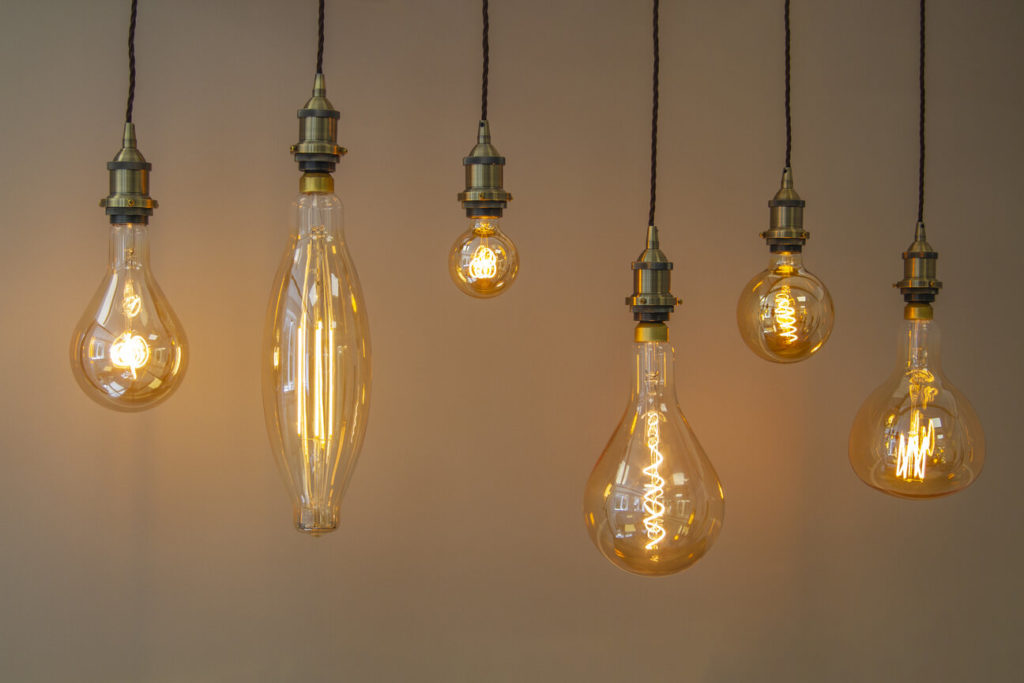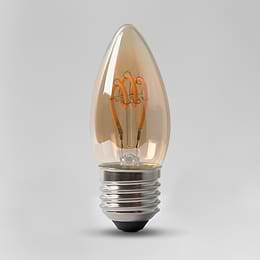Are LED Light Bulbs Safe?
Are LED Light Bulbs Safe?

LED light bulbs have been a hot topic for many years now, and we hear a lot about energy efficiency. But are LED light bulbs safe?
LED light bulbs are a smart choice for your home lighting setup. They are much more energy efficient than their counterparts. They'll help to save money over time, and they are better for the environment too.
You might be keen to make that switch to LED bulbs if you are still using halogen bulbs (they have now been banned from sale in the UK). If you've never used LED bulbs before you might be wondering whether they are safe to use in your home.
LED Bulbs Components
A ban on fluorescent bulbs which are mostly used in offices will be banned in 2023. However, these bulbs contain small amounts of mercury. Because of this, these bulbs can't be chucked straight into the bin. They need to be disposed of in a safe way to avoid harming the environment.
LED bulbs do not contain mercury. While the internal components of LED bulbs can sometimes include harmful substances such as lead, they are not considered toxic to us.
As they contain such low levels of substances like this, they can be disposed of safely with your standard rubbish. The components used to make LED bulbs do not pose any risk to us, but if you were to smash one be sure to carefully dispose of it and use gloves when tidying up shattered pieces.
Eyestrain
There are growing concerns about the impact blue light has on eyes as some LED bulbs do emit blue light. Some lighting can also create a glare which can cause eye and head discomfort.
Research is still ongoing, but prolonged or excessive exposure to high-energy visible (HEV) blue light, especially for those under the age of 30, may eventually result in:
- Cataracts
- Age-related macular degeneration (AMD)
- Eyestrain
However, whilst some bulbs can emit blue light, it is mostly phone and tablet screens that emit this. Always opt for light bulbs from manufacturers using well-established safety practices.
At Elesi we are members of professional bodies such as the LIA (Lighting Industry Association). This means we conform to their rigorous manufacturing and testing standards on all of our lighting products.
Impact On Sleep Cycles
Blue light can also impact our sleep cycles. This is the reason that we are advised to come off our phones at least one hour before bed. This is because blue light suppresses the production of melanin, a chemical that helps us to sleep.
It can become a problem when we are exposed to blue or bright white lighting at times of the day when our body is getting ready to rest. This can be avoided by using cool white or bright white colour temperatures in rooms that are only used in the morning or afternoons, such as in a home office or garage.
Opt for warm bulbs or warm white bulbs in bedrooms and living rooms where you typically unwind and relax during the evenings.
Installing a dimmer switch with your lighting setup will give you further control over the brightness of lighting. You can then adjust it to suit your activities and the time of day, helping you to sleep better at night.
Dim to warm downlights are an excellent way to shift between cool tone and warm tone light. This makes dim to warm downlights perfect for multi-purpose rooms where task lighting is required for the morning, and rest in the evening.
LED light bulbs offer many benefits to your home and come with little drawbacks. They are safe to use but it's best to consider the right colour temperatures for your home and to install a dimmer switch to give you total control over your lighting setup, at any time of the day.
[related_products is_auto_added="1"]






